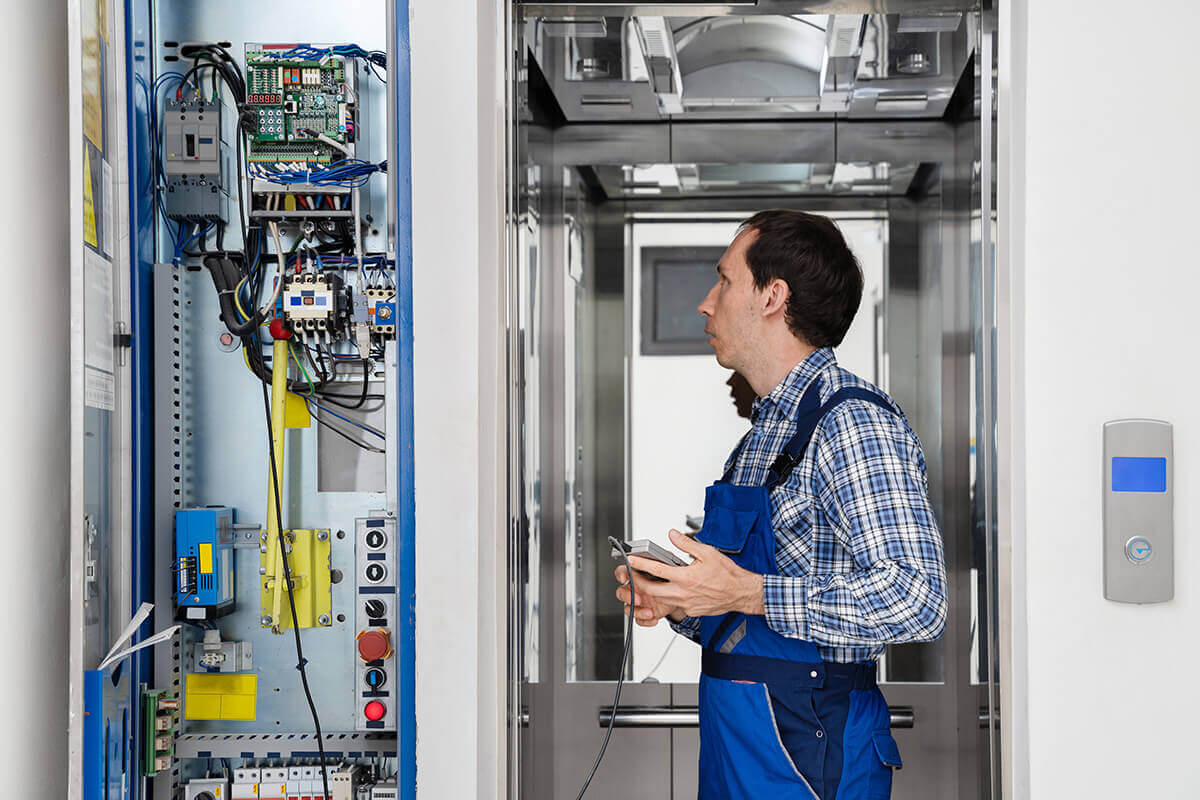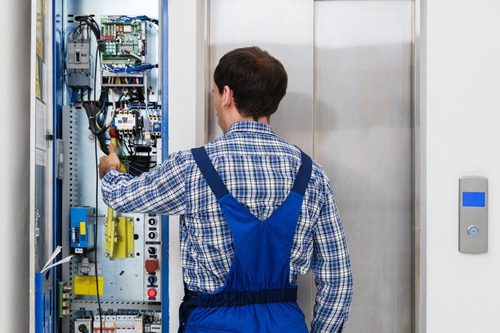How Lift Maintenance London Stands Out Amongst Local Lift Repair Companies
How Lift Maintenance London Stands Out Amongst Local Lift Repair Companies
Blog Article
Comprehensive Guide to Lift Solutions and Their Upkeep
Browsing the intricate world of elevator systems and their upkeep is a task that requires accuracy and understanding. From the various types of lift systems in use to the careful adherence to safety and security regulations, the maintenance of these vertical transportation gadgets is a complex endeavor.
Kinds Of Elevator Solutions
The most typical types include hydraulic elevators, traction elevators, machine-room-less elevators, and vacuum elevators. Hydraulic elevators are ideal for low-rise buildings and use a hydraulic piston to move the lift automobile. Machine-room-less elevators are a space-saving choice as they do not require a different maker area for the lift machinery.
Each type of elevator system has its very own benefits and negative aspects, making it crucial for structure proprietors and designers to very carefully consider their certain requirements before selecting one of the most ideal choice. Elements such as building height, room accessibility, energy performance, and budget plan restrictions all play a significant function in establishing the best elevator system for a specific building.
Typical Maintenance Issues
Normal upkeep of elevator systems is necessary to guarantee smooth procedure and extend their life-span. In spite of routine maintenance, elevator systems can still run into typical upkeep issues that require to be promptly dealt with to avoid interruptions in solution. One of one of the most regular concerns is door malfunctions. Lift doors might get misaligned, causing issues with opening and closing appropriately. This can create delays and security threats, requiring instant focus from maintenance service technicians. An additional common issue is connected to the elevator's leveling accuracy. If the lift does not straighten correctly with the floors, guests might experience tripping hazards and discomfort. Additionally, issues with the control system, such as sensor issues or electrical issues, can trigger the elevator to malfunction or quit working altogether. Regular assessments and positive upkeep can aid determine and settle these typical maintenance issues before they escalate and impact the overall performance of the elevator system.
Safety Rules and Conformity
Complying with stringent safety and security laws and making sure compliance with industry criteria are paramount for maintaining the functional stability of elevator systems. Lifts go through a comprehensive collection of security policies to guard travelers, maintenance employees, and the public. Governing bodies such as the Occupational Safety And Security and Health And Wellness Management (OSHA) in the USA and the European Lift Association (ELA) in Europe develop guidelines that cover numerous aspects of lift style, setup, upkeep, and operation.
Compliance with these guidelines is not just a lawful need yet additionally a moral obligation for structure owners and elevator maintenance business. Routine evaluations, maintenance checks, and adherence to safety protocols outlined in the guidelines are crucial to guarantee the effective and risk-free operation of elevator systems.
Best Practices for Upkeep

An additional vital finest method is to immediately attend to any type of uncommon noises or reported concerns to protect against more damages. Executing a proactive approach to maintenance can conserve money and time in the lengthy run by avoiding pricey repair services or replacements. Building proprietors must also consider purchasing modernization upgrades to enhance the performance and security of their lift systems. By following these finest practices, lift systems can operate smoothly and securely, offering dependable upright transportation for occupants.

Advanced Technologies for Effectiveness
Carrying out advanced technologies in lift systems can substantially enhance functional effectiveness and passenger experience. These systems permit passengers to input their wanted flooring prior to going into the elevator, which after that routes them to the most reliable vehicle.
Furthermore, the combination of clever sensors and anticipating upkeep abilities has actually reinvented lift upkeep. These sensors can find possible concerns before they escalate, allowing proactive upkeep interventions and lessening downtime. Additionally, using regenerative drives and energy-efficient elements aids minimize power consumption and operating expenses in lift systems.
Additionally, the execution of cloud-based monitoring and remote diagnostics enables real-time monitoring of elevator performance and instant troubleshooting of any malfunctions. This positive strategy not only enhances system integrity but likewise enhances the general individual experience by ensuring nonstop and smooth lift operations.
Conclusion
Finally, recognizing the different types of elevator systems, typical upkeep concerns, safety and security regulations, best upkeep methods, and progressed technologies for efficiency is important for making sure the smooth procedure of lifts. By sticking to safety and security regulations and implementing best practices for upkeep, building owners can prolong the lifespan of their elevator systems and ensure the safety of passengers. It is essential to stay updated on the current improvements in lift innovation to enhance effectiveness and reliability.
The most common types consist of hydraulic lifts, grip elevators, machine-room-less elevators, and vacuum lifts. Hydraulic lifts are excellent for low-rise structures and utilize a hydraulic piston to relocate the lift cars and truck. Machine-room-less lifts are a space-saving choice as they do not require a different equipment space for the elevator machinery. Normal assessments and positive maintenance can help recognize and solve these typical maintenance concerns prior to they rise and affect the overall efficiency of the lift system.

Report this page